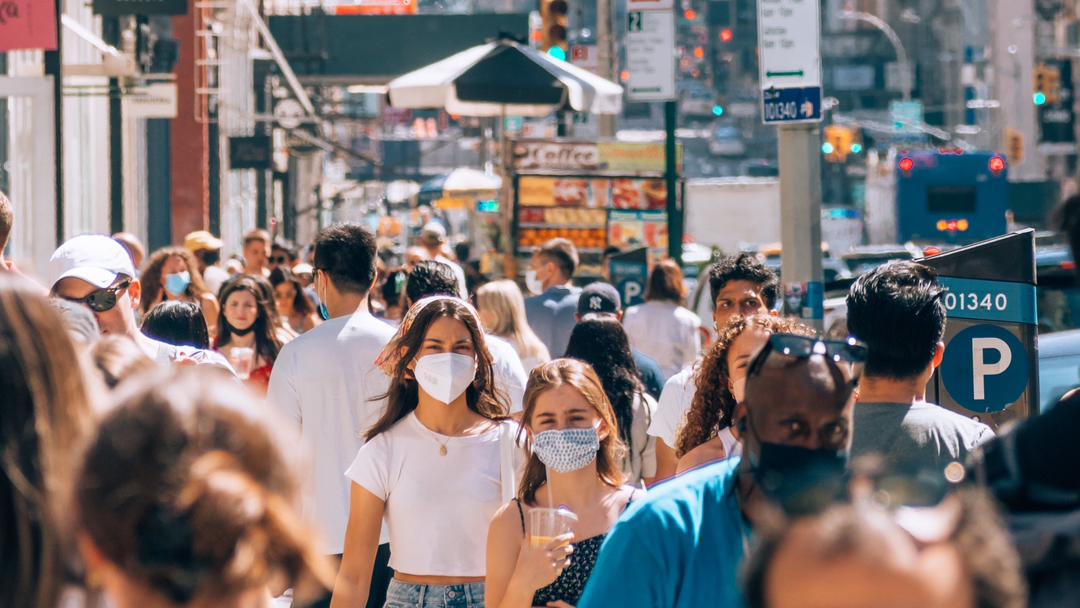Gen Z’s love affair with nostalgia

By: Aeshlyn Kaur
I still remember sitting in the car with my dad as he slid a cassette into the radio, the tape clicking into place before music filled the air. The labels were handwritten, the plastic cases slightly cracked, and the music inside was raw, unfiltered, and real. I didn’t grow up in that era, but holding those tapes in my hands felt like discovering a portal to a slower, softer world.
We grew up watching our lives unfold online. From our first Facebook post to our latest BeReal moment, we’ve been chronically connected for as long as we can remember. But somewhere between the endless pings, posts, and perfect selfies, that connection started to feel…hollow.
That’s where nostalgia steps in.
The era before social media ruled our lives feels like a peaceful dream: calling a friend on a corded phone, burning a mix CD for your crush, taking blurry disposable camera pics that couldn’t be edited into perfection. Back then, it wasn’t about “content.” It was about connection.

In a time when tech giants predict our every move, embracing analog is a quiet act of rebellion. The return of 90s and early 2000s fashion, décor, and tech isn’t just about aesthetics, it’s about authenticity. We’re diving into thrift stores, collecting camcorders, and pressing play on cassette tapes, not to imitate the past, but to reclaim a sense of control and identity. These objects carry stories. They make us feel something real.
Let’s be honest, modern life is loud. Notifications never stop. News cycles never sleep. Algorithms keep feeding us content even when we’re too tired to keep consuming. Nostalgia slows things down. It wraps us in comfort. Watching a VHS tape or wearing a vintage band tee is like being hugged by a memory, soft, familiar, and safe.

The success of shows like Stranger Things, the rise of retro filters, and the return of emo playlists all point to something deeper. We’re not just reminiscing, we’re reimagining a time when life felt slower, simpler, and more sincere.
Post-pandemic life has only intensified this craving. Between climate anxiety, economic uncertainty, and endless digital noise, we reach for what soothes us, the sound of static, the glow of old screens, the softness of a world that didn’t move so fast.
These aren’t just trends, they’re time machines. And even if we weren’t there the first time around, we feel the comfort they carry. In a world that rushes forward, maybe looking back is how we keep our feet on the ground.



